Home>Furniture & Design>Bathroom Accessories>Why Do You Need Gloves In A First Aid Kit
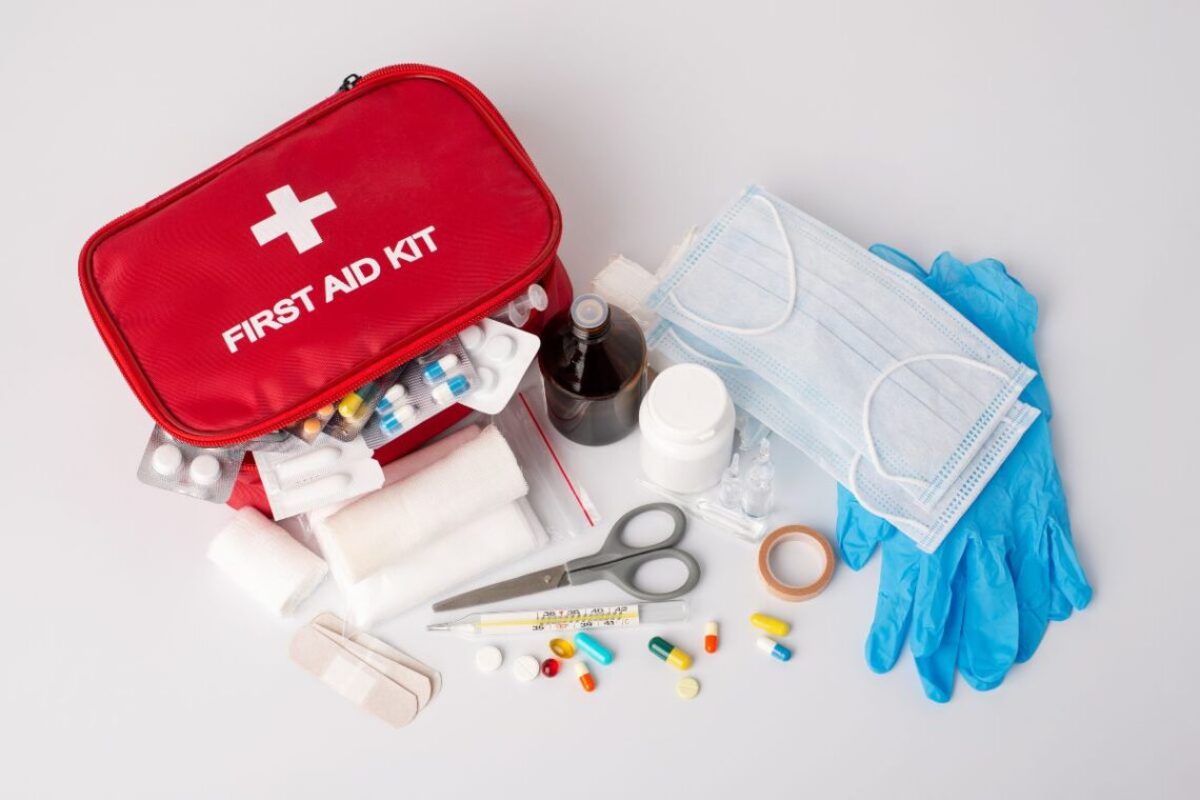

Bathroom Accessories
Why Do You Need Gloves In A First Aid Kit
Published: February 10, 2024
Discover the importance of including gloves in your first aid kit. Find out how these bathroom accessories can protect you in emergency situations.
(Many of the links in this article redirect to a specific reviewed product. Your purchase of these products through affiliate links helps to generate commission for Storables.com, at no extra cost. Learn more)
Introduction
When it comes to first aid kits, gloves are often an essential component that is sometimes overlooked. Whether you are at home, in the workplace, or enjoying outdoor activities, having gloves in your first aid kit can make a significant difference in handling emergencies and providing care. Gloves serve as a crucial barrier between the skin and potential contaminants, protecting both the person administering aid and the individual receiving it. In this article, we will explore the various reasons why gloves are a vital inclusion in any first aid kit, shedding light on their multifaceted role in ensuring safety and effective care.
Key Takeaways:
- Gloves in a first aid kit protect against germs and infections, keeping both the caregiver and the injured person safe. They create a barrier to prevent the spread of harmful substances and maintain a clean environment.
- Gloves in a first aid kit also shield against bloodborne pathogens, chemicals, and extreme temperatures. They ensure safety and help caregivers provide effective care in various emergency situations.
Read more: Why Do You Need Bandages In A First Aid Kit
Protection from Contamination
Gloves play a pivotal role in safeguarding against contamination during first aid procedures. Whether it's a minor cut, a burn, or a more serious injury, the risk of exposure to bodily fluids, such as blood, saliva, or other potentially infectious materials, is a constant concern. By wearing gloves, individuals can create a protective barrier that minimizes the risk of coming into direct contact with these fluids, thereby reducing the likelihood of contamination.
In everyday scenarios, such as tending to a child's scraped knee or providing assistance in a workplace accident, gloves act as a crucial line of defense. They shield the caregiver from exposure to any pathogens or foreign substances present on the injured person's skin. Moreover, in outdoor settings where access to clean water and sanitation facilities may be limited, gloves become even more essential in preventing the transfer of dirt, bacteria, and other contaminants from the environment to the wound.
Furthermore, gloves are particularly valuable in situations where individuals may have open wounds or compromised skin integrity themselves. By wearing gloves, they can prevent their own bodily fluids from coming into contact with the injured area, reducing the risk of cross-contamination and potential infection. This is especially important in a first aid context, where the focus is on providing care without inadvertently causing harm.
In essence, the inclusion of gloves in a first aid kit serves as a proactive measure to mitigate the risk of contamination for both the caregiver and the injured party. By creating a barrier between the skin and potential contaminants, gloves contribute significantly to maintaining a hygienic and safe environment during first aid interventions.
Protection from Infection
In the realm of first aid, the risk of infection is a constant concern, particularly when tending to wounds or injuries. Gloves serve as a crucial line of defense against the transmission of pathogens and the potential development of infections. When an individual sustains a cut, burn, or any form of injury that breaks the skin's protective barrier, it creates an entry point for bacteria, viruses, and other microorganisms. In such scenarios, the use of gloves becomes paramount in preventing the transfer of harmful agents and reducing the likelihood of infection.
The skin is the body's primary defense against infection, and any breach in its integrity requires careful attention to minimize the risk of complications. By wearing gloves during first aid procedures, caregivers can significantly reduce the chances of introducing harmful microorganisms to the wound. This is particularly crucial in situations where immediate access to medical facilities or thorough wound cleaning may be limited, such as during outdoor activities or in emergency situations.
Moreover, gloves provide a protective barrier that not only shields the caregiver from potential pathogens present on the injured person's skin but also prevents the transfer of any microorganisms from the caregiver's hands to the wound. This two-way protection is instrumental in maintaining a sterile environment around the injury, thereby reducing the risk of infection for both the caregiver and the injured individual.
In addition to physical protection, gloves also contribute to psychological reassurance. When individuals receive first aid assistance, seeing the caregiver don gloves can instill a sense of confidence and trust in the care being provided. This can be particularly comforting in emergency situations, where the individual may already be experiencing heightened stress and anxiety.
Furthermore, the use of gloves underscores the importance of infection control in first aid practices. It sets a standard for maintaining cleanliness and minimizing the risk of secondary complications that could arise from untreated or improperly managed wounds. By emphasizing the significance of infection prevention, gloves not only offer immediate protection but also promote a culture of responsible and effective first aid care.
In essence, the inclusion of gloves in a first aid kit is pivotal in safeguarding against infection. By creating a barrier that limits the transmission of pathogens and upholding a standard of cleanliness, gloves play a vital role in ensuring the safety and well-being of both caregivers and those receiving first aid.
Protection from Bloodborne Pathogens
In the realm of first aid, the risk of exposure to bloodborne pathogens is a critical consideration. Bloodborne pathogens are infectious microorganisms that can be present in blood and bodily fluids, posing a significant health hazard if proper precautions are not taken. These pathogens include viruses such as HIV, hepatitis B, and hepatitis C, all of which can have serious implications for individuals who come into contact with contaminated blood or bodily fluids.
Gloves serve as a crucial barrier against the transmission of bloodborne pathogens during first aid interventions. In situations where there is potential exposure to blood, whether from a minor injury or a more serious medical emergency, wearing gloves is essential for minimizing the risk of infection. The use of gloves creates a physical barrier that prevents direct contact with blood and bodily fluids, reducing the likelihood of pathogen transmission.
Moreover, the protective nature of gloves extends beyond the immediate first aid scenario. In the event of an injury, particularly one involving bleeding, the presence of bloodborne pathogens poses a long-term health risk if proper precautions are not observed. By wearing gloves, individuals not only protect themselves from immediate exposure but also mitigate the potential long-term consequences of coming into contact with infectious materials.
Furthermore, the inclusion of gloves in a first aid kit underscores the importance of proactive measures to safeguard against bloodborne pathogens. It serves as a reminder of the potential risks associated with blood exposure and reinforces the need for consistent adherence to safety protocols. By making gloves readily available in first aid kits, individuals are encouraged to prioritize their own protection and that of others when providing assistance in situations involving blood or bodily fluids.
In essence, gloves play a pivotal role in protecting against bloodborne pathogens during first aid interventions. By creating a barrier that minimizes the risk of exposure to infectious materials, gloves contribute significantly to maintaining a safe and hygienic environment, thereby ensuring the well-being of both caregivers and those receiving first aid.
Always include gloves in your first aid kit to protect yourself and the person you are helping from blood, bodily fluids, and germs. Gloves are essential for preventing the spread of infection and keeping everyone safe during first aid situations.
Protection from Chemicals and Hazardous Materials
In the realm of first aid, the potential exposure to chemicals and hazardous materials underscores the critical need for protective measures. Whether in a workplace setting, outdoor environment, or everyday scenarios, the risk of encountering harmful substances necessitates the inclusion of gloves in first aid kits as a fundamental safety measure.
Gloves serve as a vital barrier against the adverse effects of chemicals and hazardous materials during first aid interventions. In situations where individuals come into contact with unknown substances or encounter accidents involving chemical spills, the use of gloves becomes paramount. By wearing gloves, individuals can prevent direct skin contact with potentially harmful compounds, thereby reducing the risk of chemical burns, irritation, or absorption of toxic substances.
Moreover, gloves provide a layer of protection that extends beyond physical contact. In instances where individuals need to administer first aid in environments with potential chemical exposure, such as industrial settings or outdoor activities, gloves serve as a crucial line of defense. They act as a shield against inadvertent exposure to hazardous materials, ensuring that caregivers can provide assistance without compromising their own safety.
Furthermore, the inclusion of gloves in first aid kits reinforces the importance of proactive safety measures when dealing with chemicals and hazardous substances. It emphasizes the need for individuals to prioritize their well-being and take necessary precautions to minimize the risks associated with chemical exposure. By making gloves readily available, first aid kits promote a culture of preparedness and responsible care, particularly in environments where the potential for encountering hazardous materials is heightened.
In essence, gloves play a pivotal role in protecting against chemicals and hazardous materials during first aid interventions. By creating a barrier that minimizes the risk of exposure to harmful substances, gloves contribute significantly to maintaining a safe and secure environment, ensuring the well-being of both caregivers and those receiving first aid.
Read more: Why Safety Pins In A First Aid Kit
Protection from Cold and Heat
In the realm of first aid, the significance of protecting against extreme temperatures, both cold and heat, cannot be overstated. Exposure to severe cold or heat can lead to a range of medical emergencies, from hypothermia and frostbite in cold conditions to heat exhaustion and heatstroke in hot environments. In such scenarios, the inclusion of gloves in a first aid kit serves as a crucial measure to safeguard against the adverse effects of temperature extremes.
When facing cold conditions, gloves play a pivotal role in providing insulation and protection against the elements. In situations where individuals may be exposed to low temperatures, such as during outdoor activities or in emergency situations, gloves help retain body heat and prevent heat loss from the hands. This is particularly important in preventing conditions like frostbite, where prolonged exposure to cold can cause damage to the skin and underlying tissues. By wearing gloves, individuals can maintain warmth and dexterity, reducing the risk of cold-related injuries and ensuring their ability to provide effective first aid assistance.
Conversely, in hot environments, gloves offer protection against potential burns and heat-related injuries. Whether dealing with hot surfaces, materials, or encountering situations where individuals may be at risk of burns, gloves act as a barrier that minimizes direct skin contact with heat sources. This is essential in preventing thermal injuries and ensuring the safety of caregivers when addressing first aid needs in high-temperature settings.
Moreover, the use of gloves in first aid kits underscores the importance of proactive measures to mitigate the risks associated with temperature extremes. It serves as a reminder of the potential hazards posed by cold and heat and reinforces the need for individuals to prioritize their safety when providing assistance in such conditions. By making gloves readily available, first aid kits promote a culture of preparedness and responsible care, particularly in environments where the potential for temperature-related injuries is heightened.
In essence, gloves serve as a versatile protective measure, offering insulation in cold conditions and shielding against heat-related hazards. By including gloves in first aid kits, individuals are equipped to address a wide range of temperature-related emergencies, ensuring their own safety and that of those receiving first aid.
Conclusion
In conclusion, the inclusion of gloves in a first aid kit is not merely a matter of routine preparation; it is a fundamental aspect of ensuring safety, hygiene, and effective care in a wide range of scenarios. From protecting against contamination and infection to serving as a barrier against bloodborne pathogens, chemicals, and temperature extremes, gloves play a multifaceted role in safeguarding both caregivers and those receiving first aid.
By creating a protective barrier that minimizes the risk of exposure to contaminants, gloves contribute significantly to maintaining a hygienic environment during first aid interventions. They serve as a crucial line of defense against the transmission of pathogens, emphasizing the importance of infection control and responsible care practices. Additionally, gloves play a pivotal role in protecting against bloodborne pathogens, underscoring the need for proactive measures to mitigate the risks associated with blood exposure.
Furthermore, gloves offer essential protection against chemicals and hazardous materials, ensuring that caregivers can provide assistance without compromising their own safety. In addition, they serve as a versatile measure to safeguard against the adverse effects of temperature extremes, providing insulation in cold conditions and shielding against heat-related hazards.
The presence of gloves in a first aid kit not only addresses immediate safety concerns but also promotes a culture of preparedness and responsible care. It serves as a reminder of the potential risks associated with various first aid scenarios and reinforces the need for individuals to prioritize their well-being and that of others when providing assistance.
In essence, gloves are a cornerstone of effective first aid, offering a vital layer of protection that extends beyond physical barriers. Their inclusion in first aid kits is a testament to the commitment to safety, hygiene, and proactive care, ensuring that individuals are equipped to address a wide range of emergencies with confidence and effectiveness. Therefore, the presence of gloves in a first aid kit is not just a precautionary measure; it is an indispensable component that upholds the standards of safety and care in diverse environments and situations.
Frequently Asked Questions about Why Do You Need Gloves In A First Aid Kit
Was this page helpful?
At Storables.com, we guarantee accurate and reliable information. Our content, validated by Expert Board Contributors, is crafted following stringent Editorial Policies. We're committed to providing you with well-researched, expert-backed insights for all your informational needs.
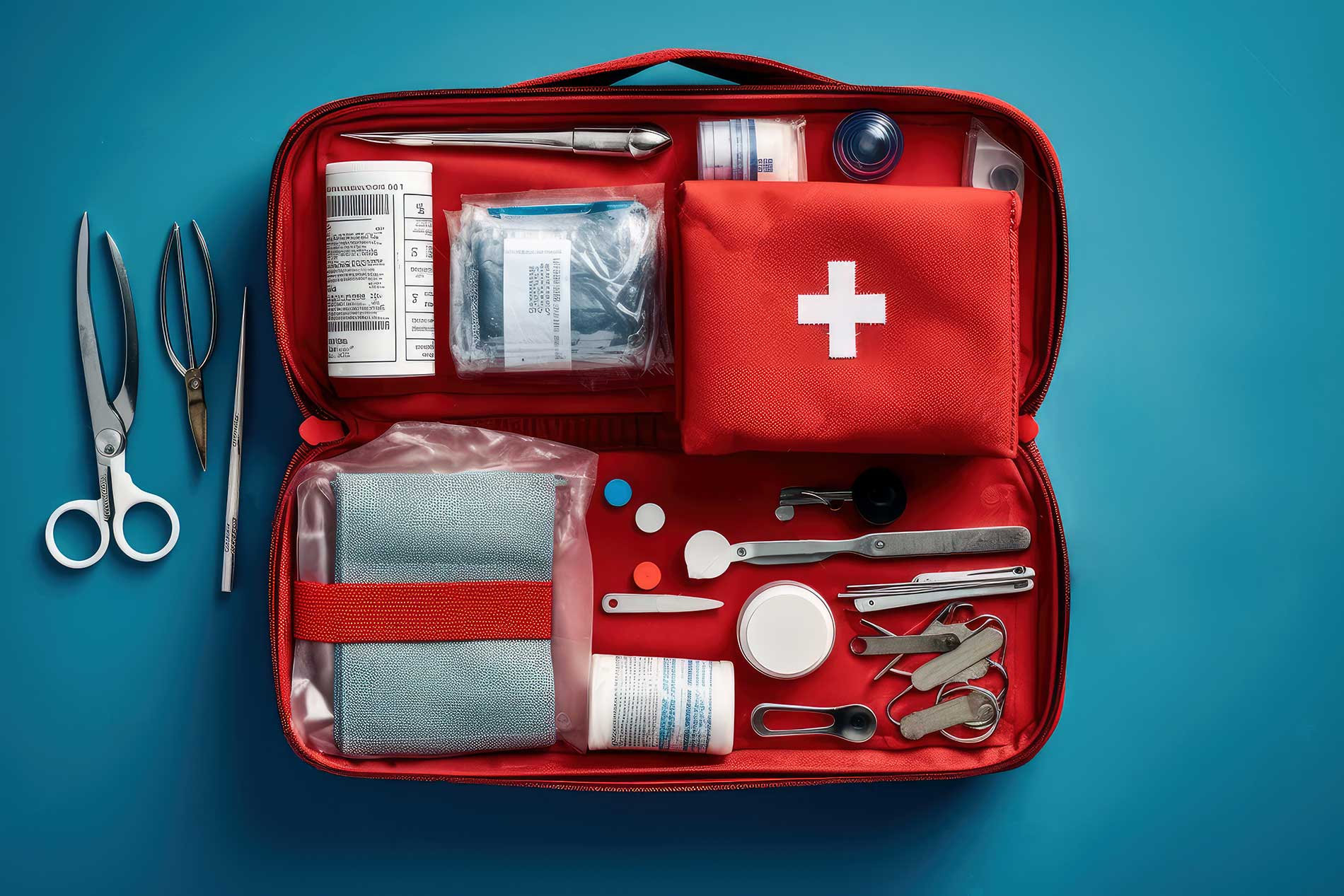
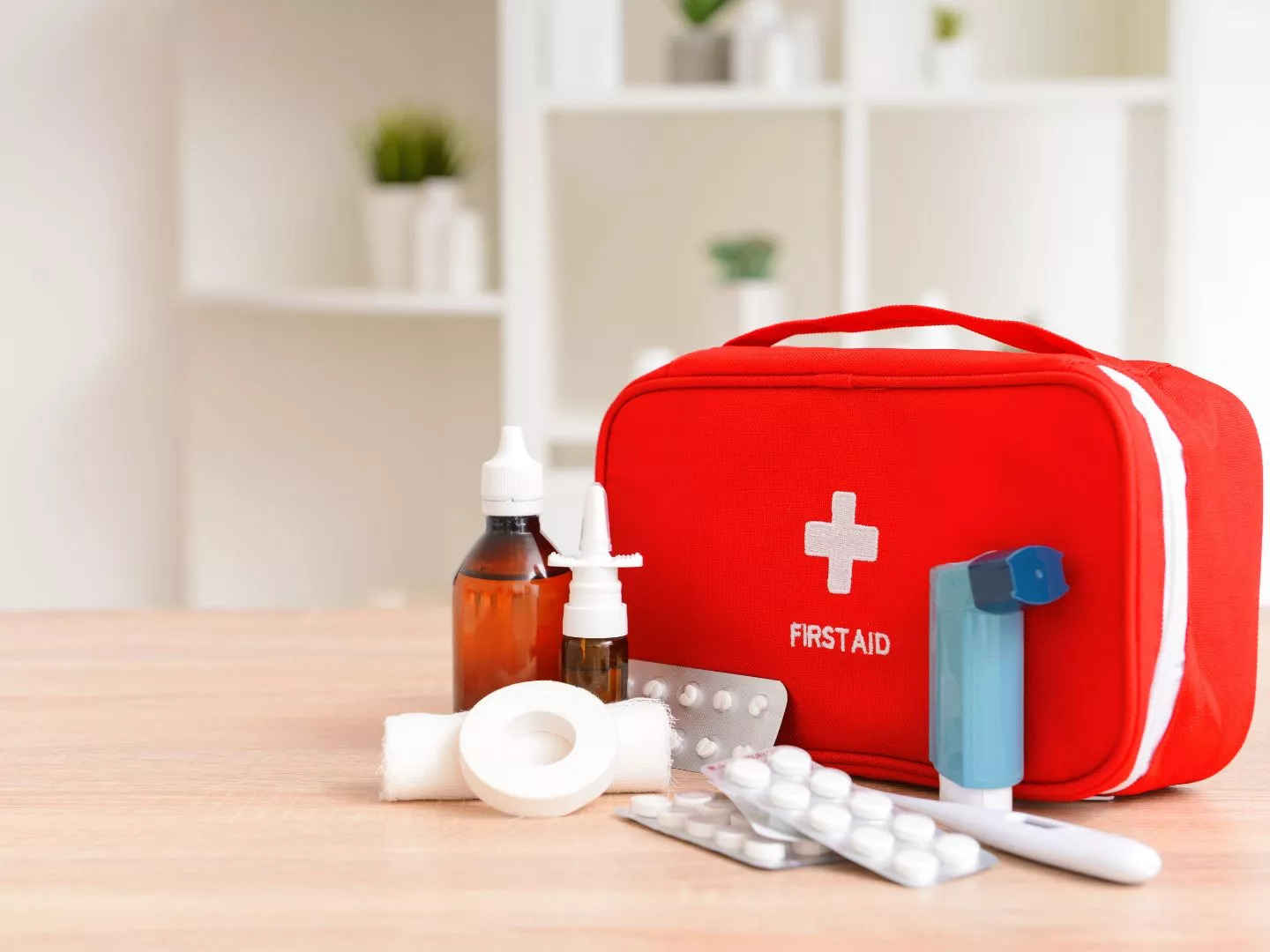
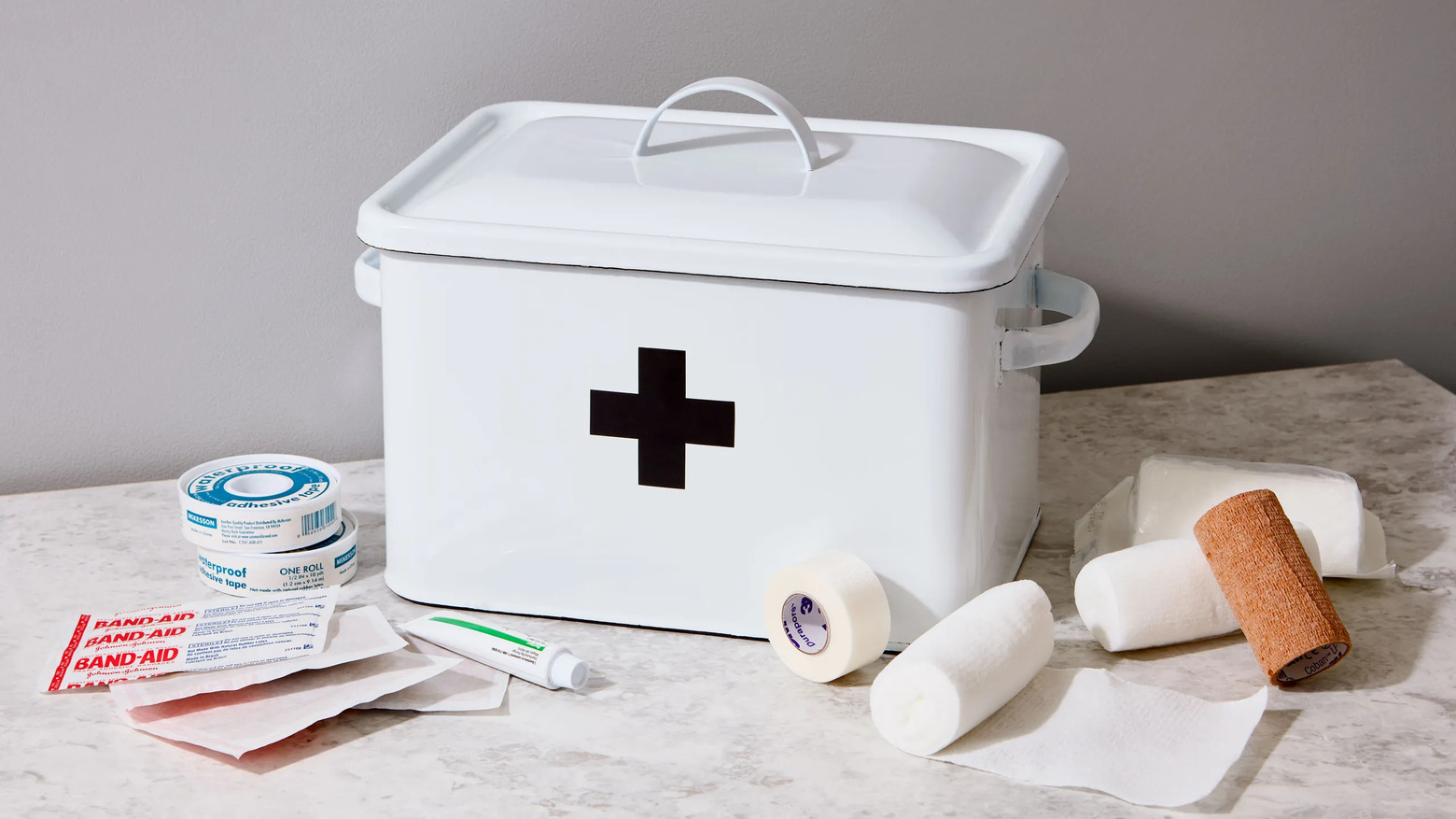
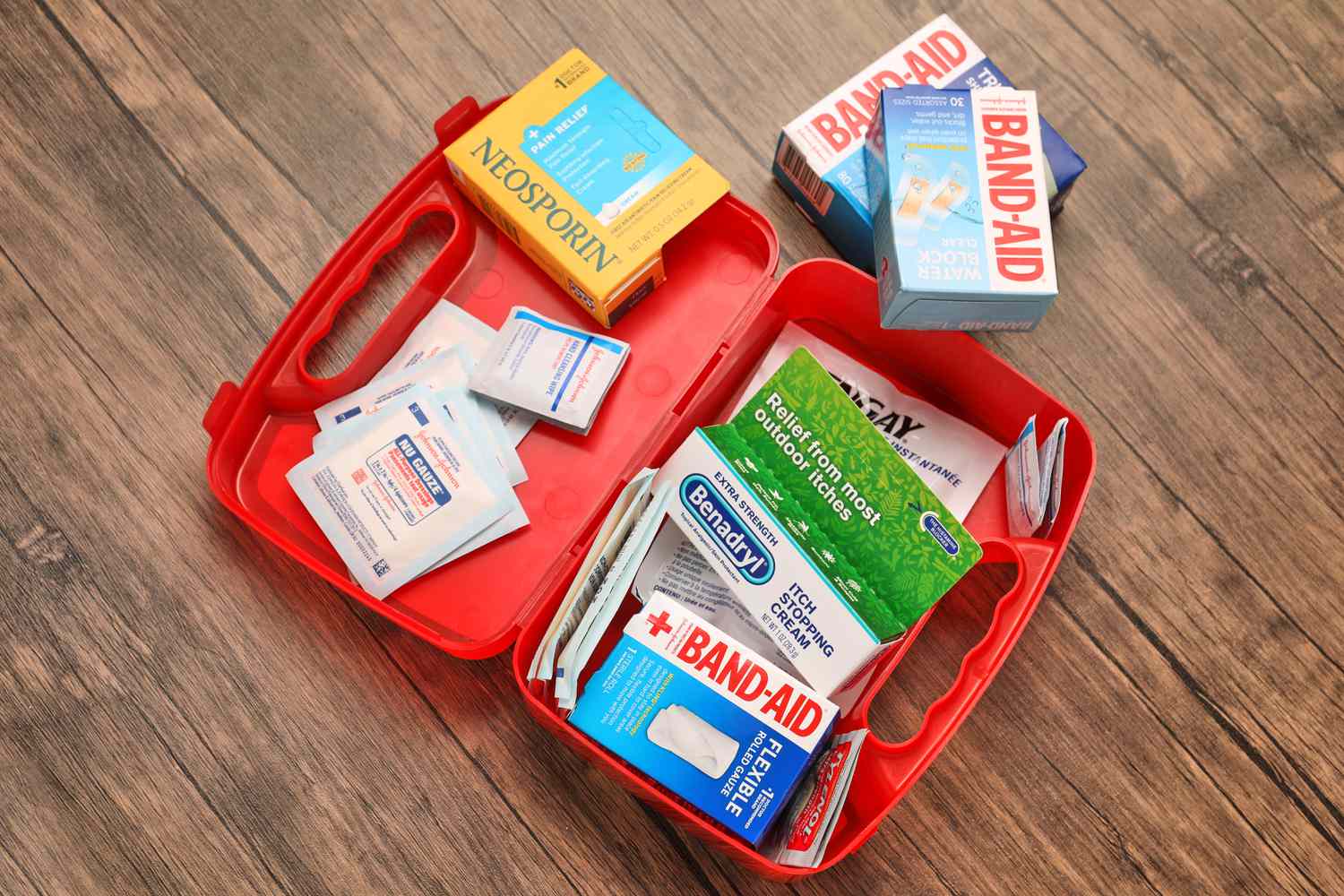
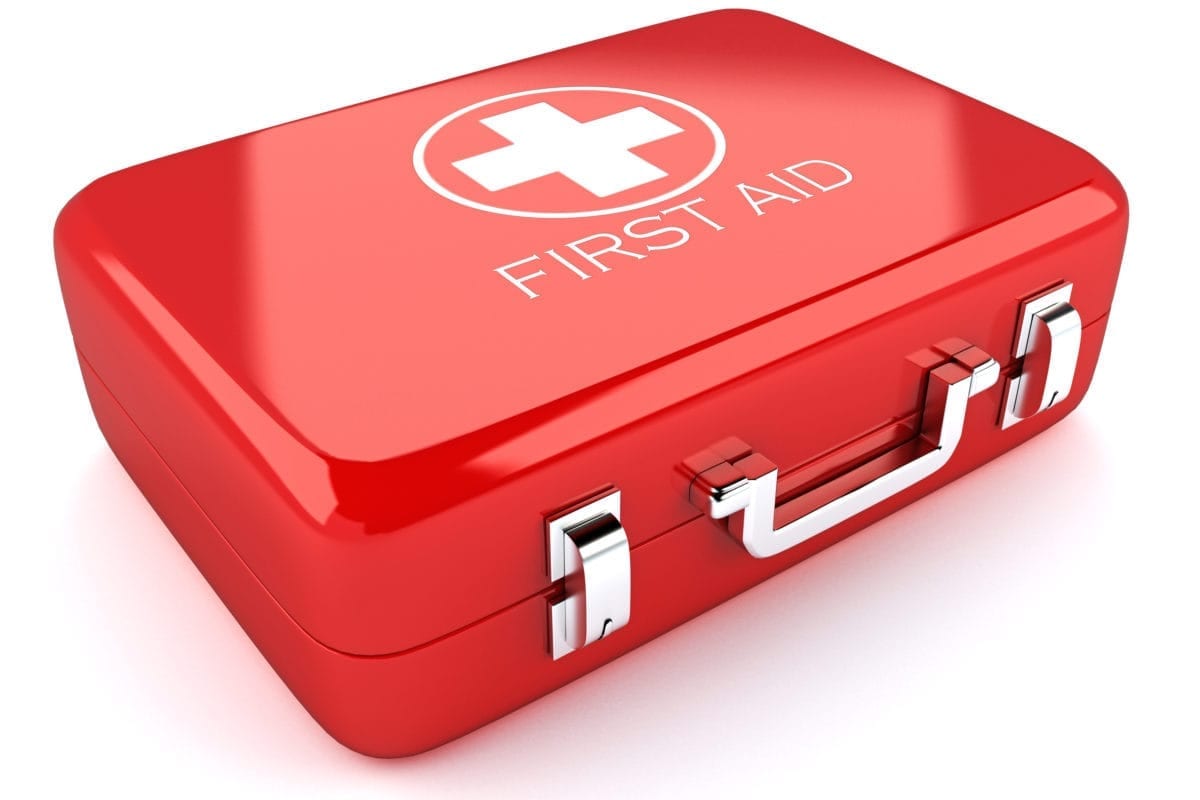
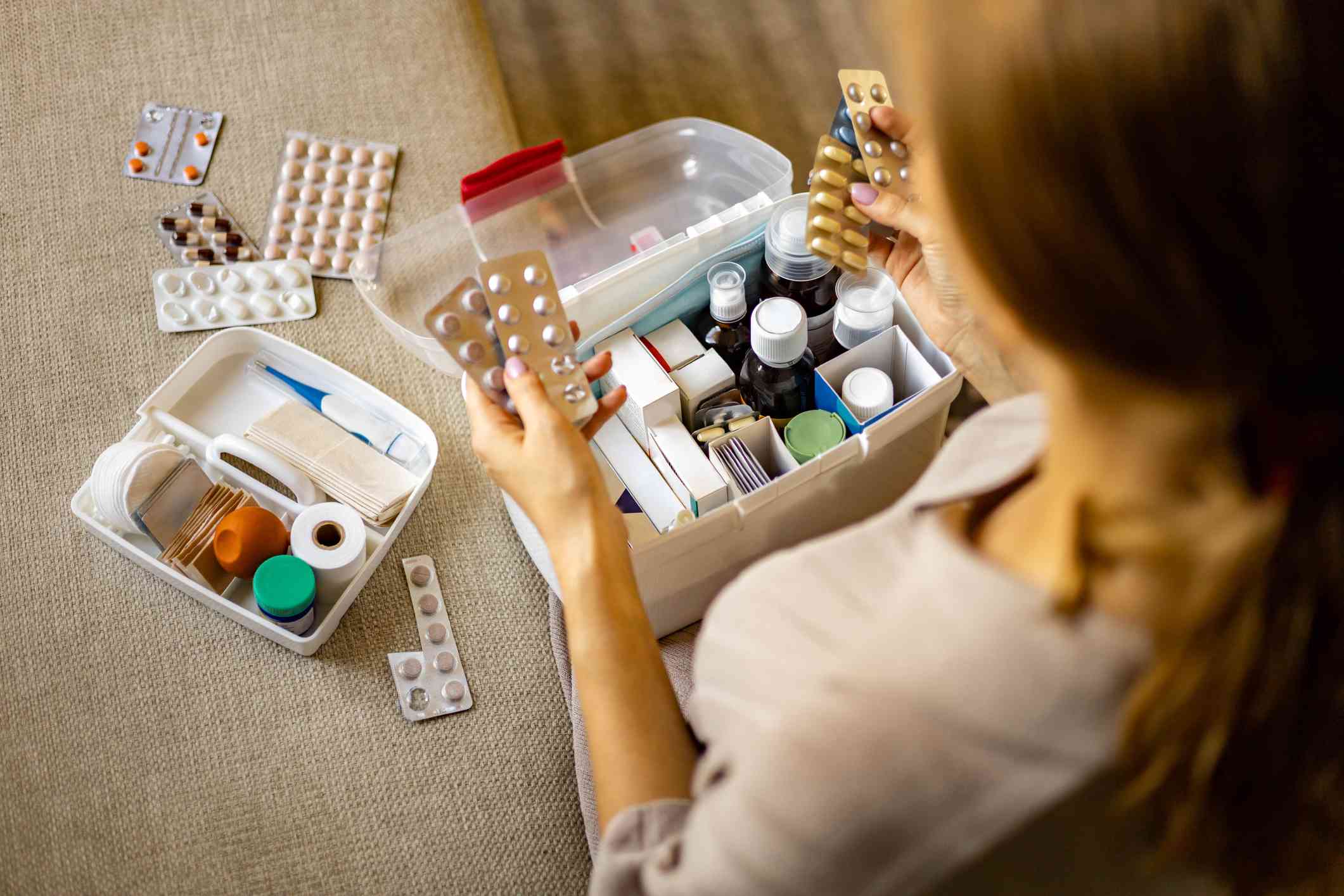
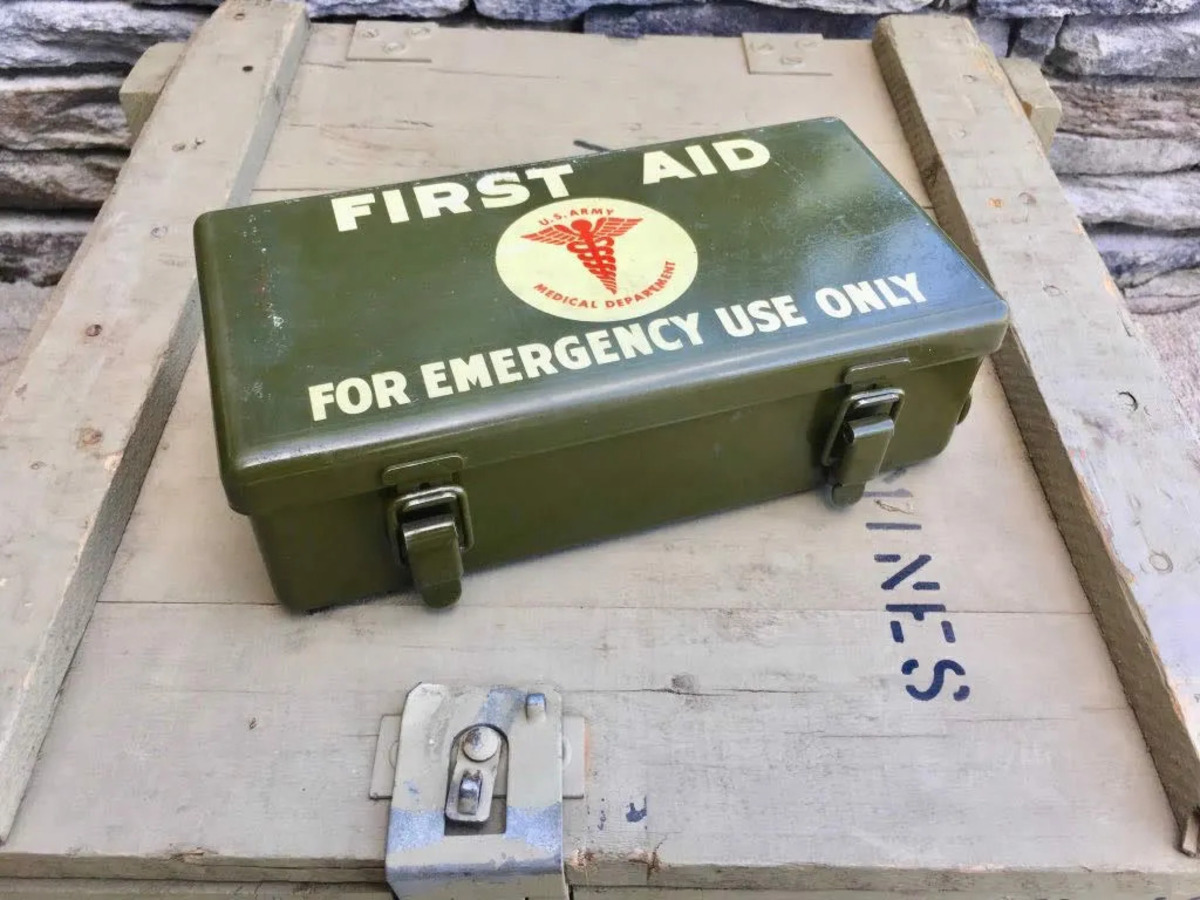
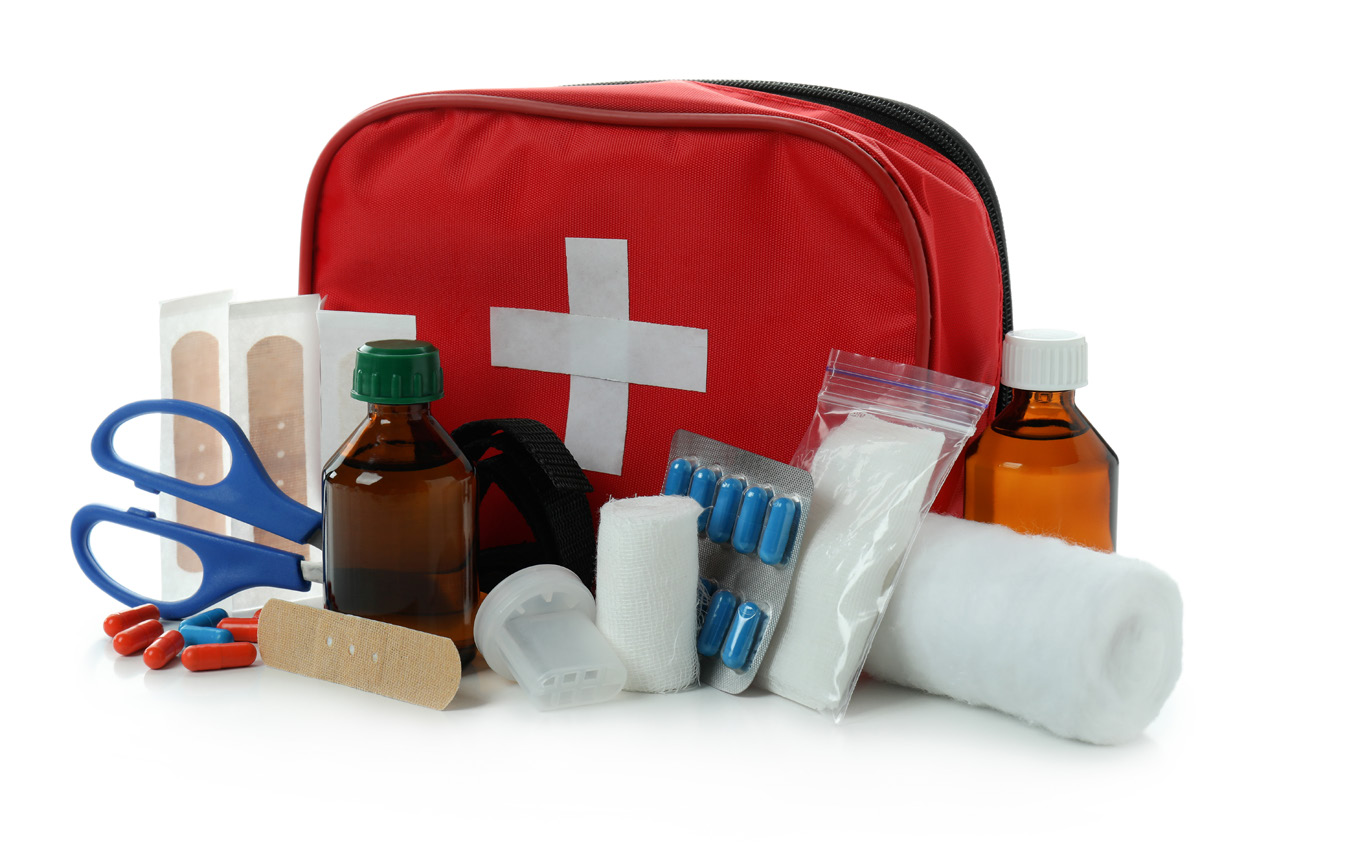
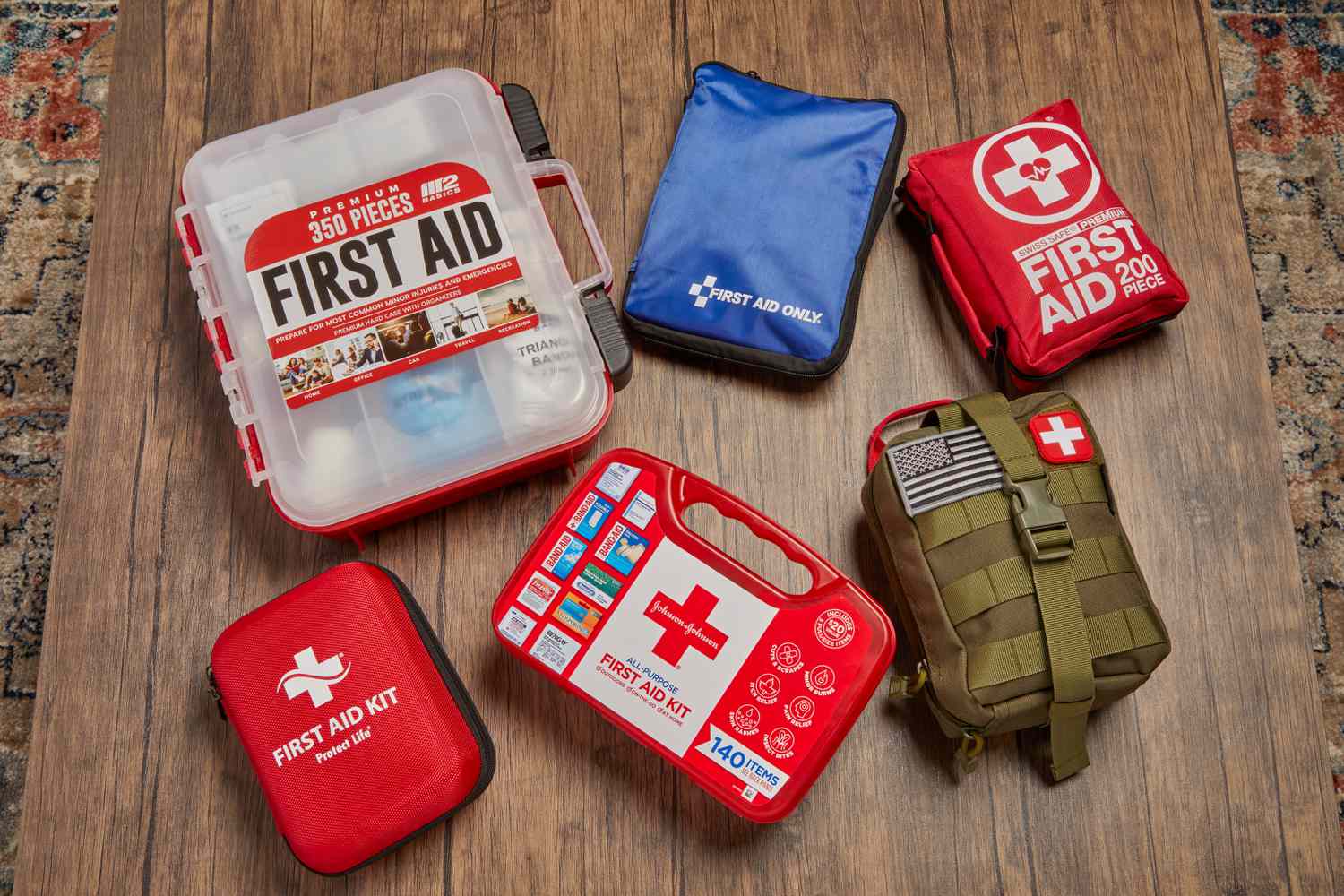
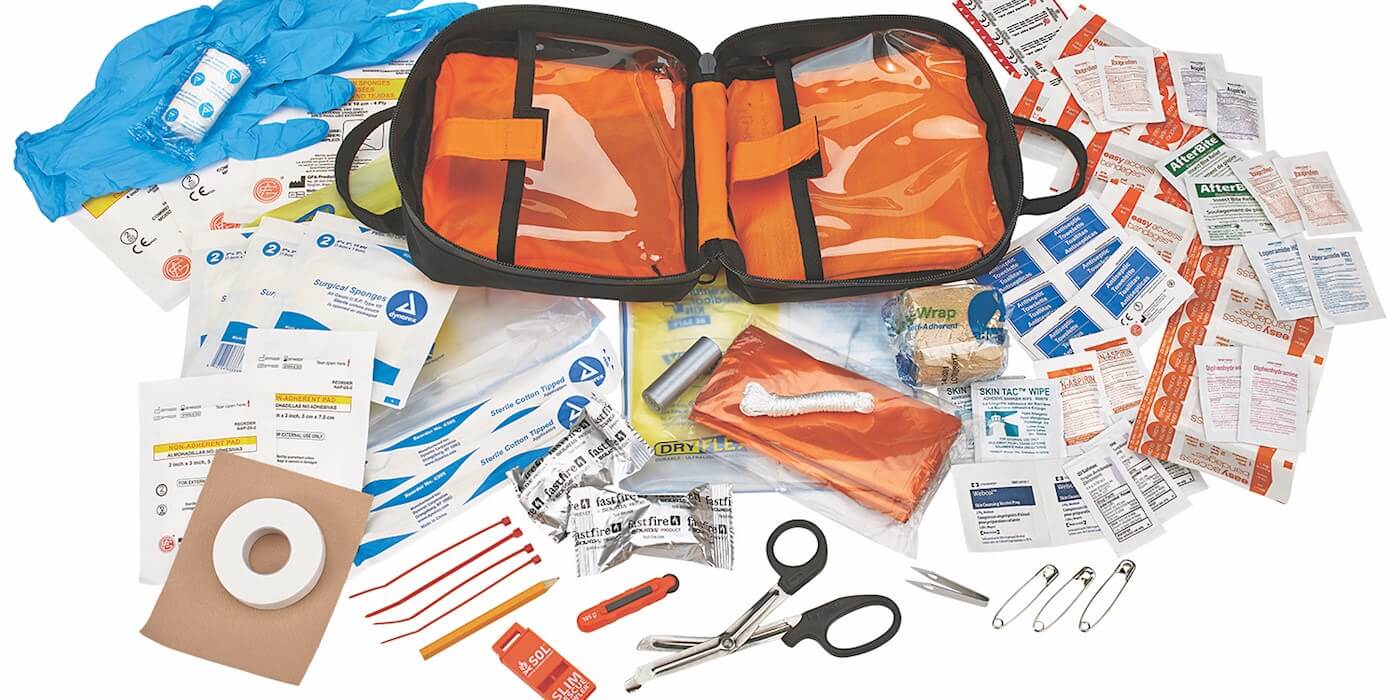
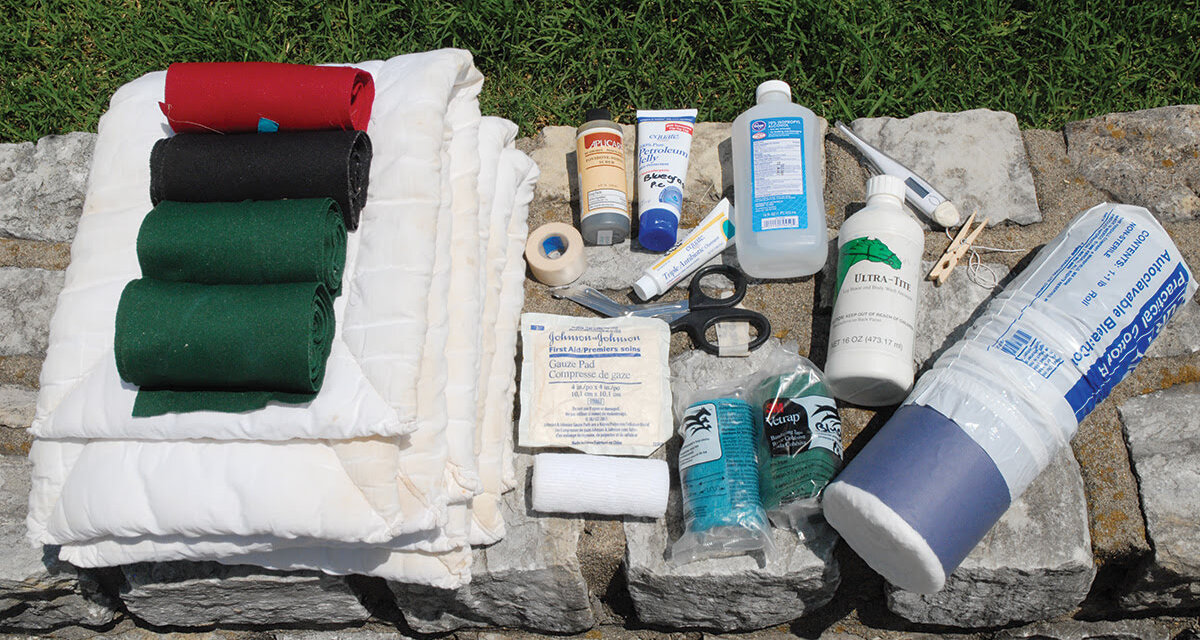
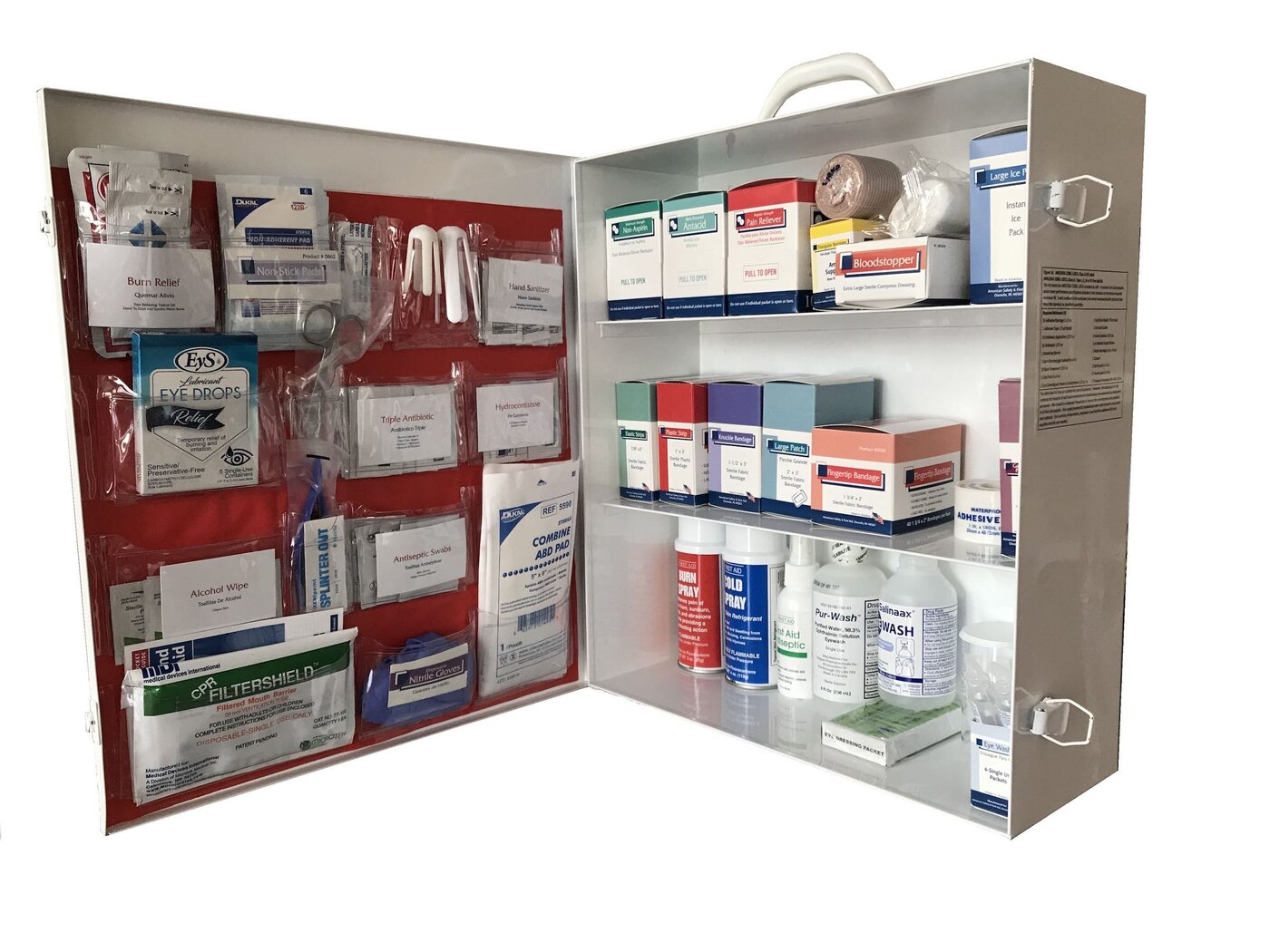
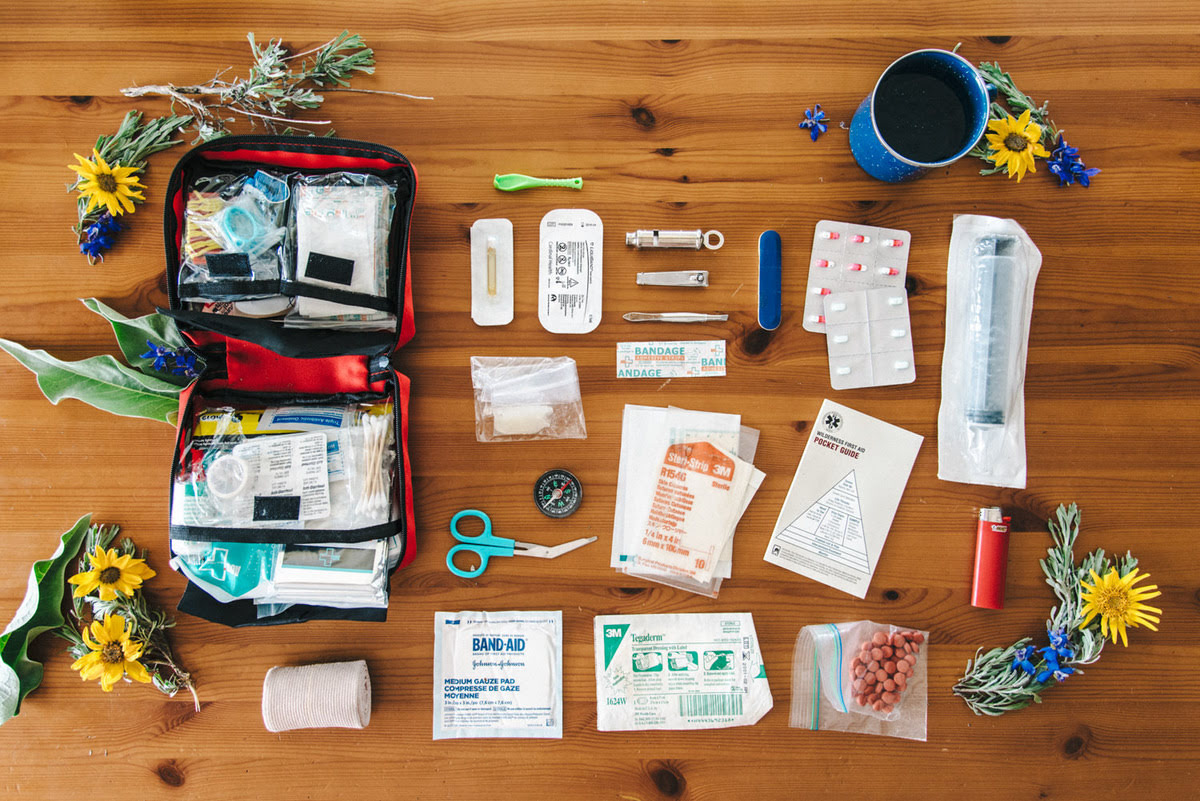
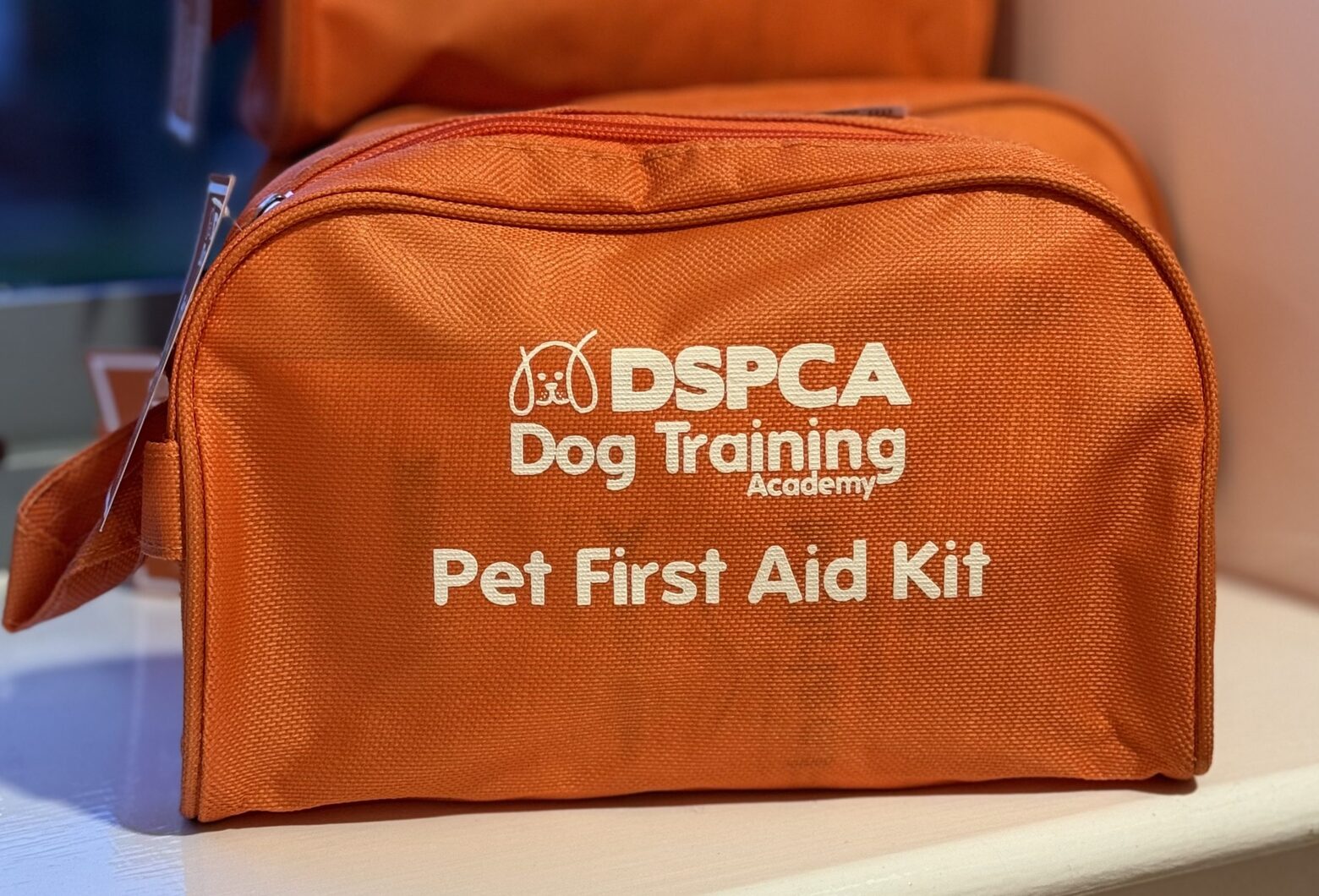

0 thoughts on “Why Do You Need Gloves In A First Aid Kit”